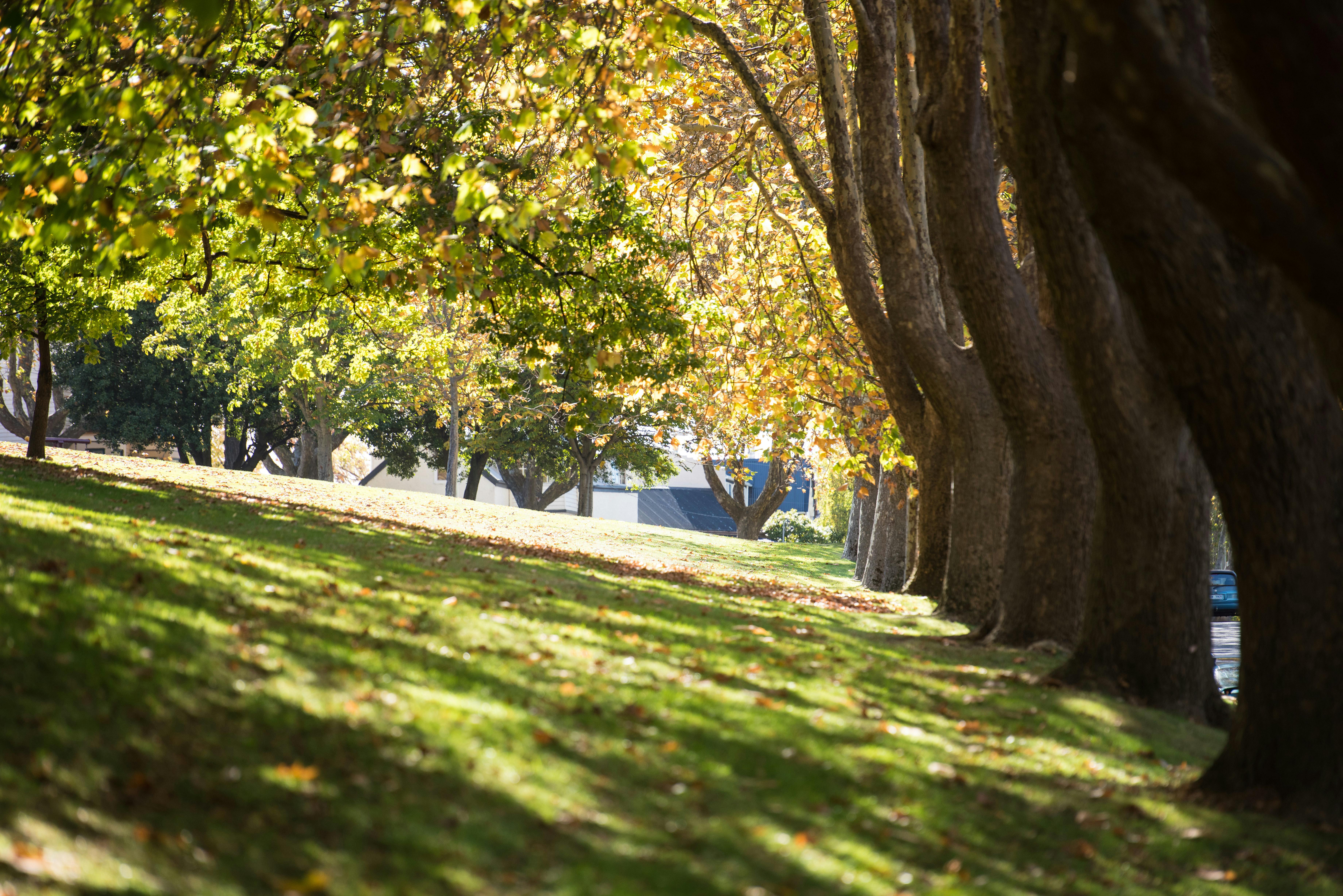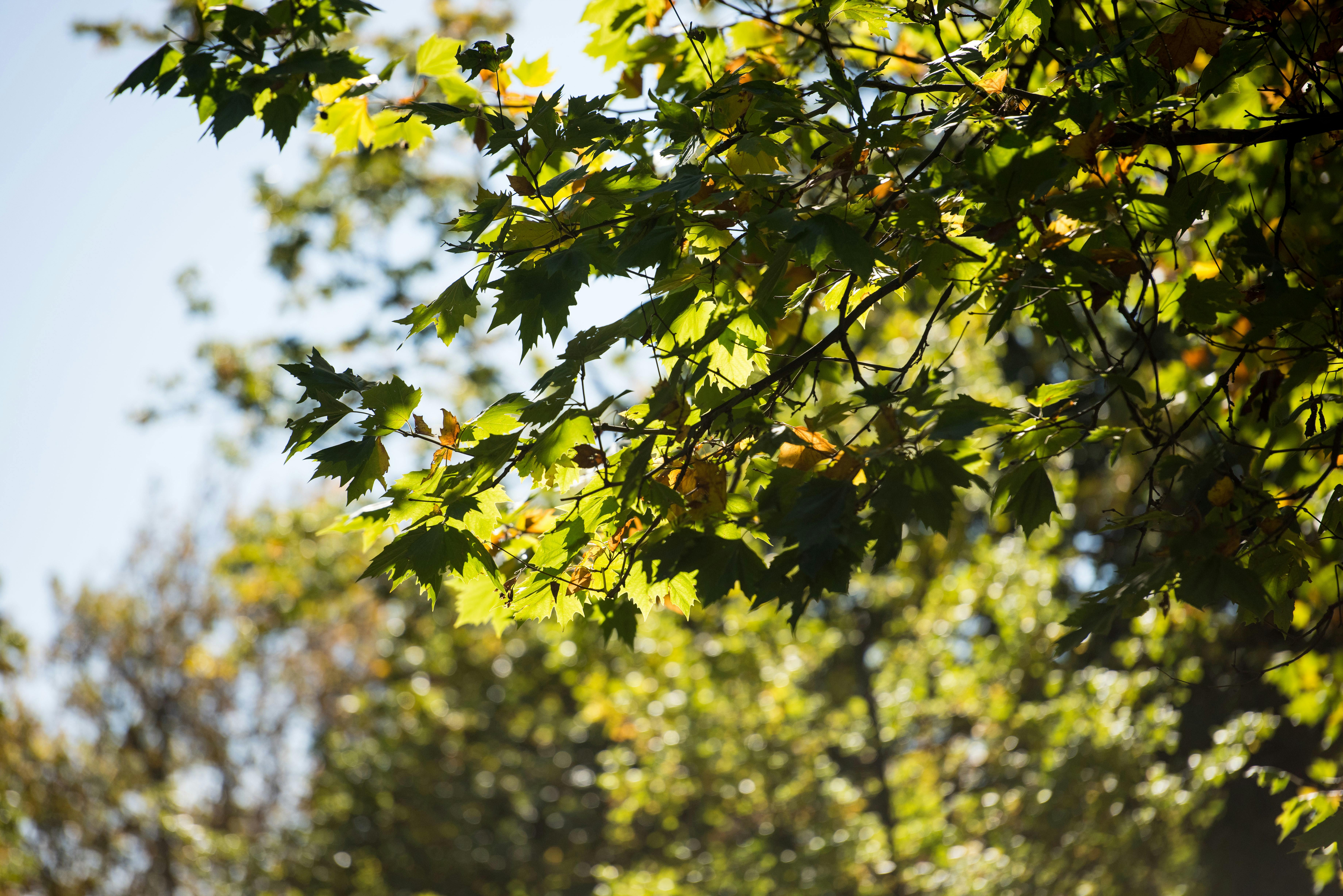Tree planting program - call for nominations
Consultation has concluded
The tree planting engagement consultation will be used as a key input for determining where trees throughout the city will be planted.
Due to staffing shortages we are approximately 6 months behind on this project. Our apologies for the delay.
The City of Hobart Street Tree Strategy 2017 sets out an aspirational target of 40% canopy cover by 2046 for the City’s urbanised areas. To help achieve this target many new trees will need to be planted, successfully established and grow.
In order to meet this target, the City is developing a Street Tree Planting Program that will guide tree planting across the City for the next five years. We are looking for nominations for tree planting locations from the community to help develop this program.
If you know of a location that you would like to be considered for tree planting, whether it be out the front of your house, in a local street or in a park, then we want to hear from you.
The City invites you to put in a request for tree planting in the following ways:
- Complete the nomination form; or
- Nominating a location on the interactive map.
Please note: successfully planting trees in the urban environment is dependent on a range of factors. For more information please read our FAQs and the tree planting criteria.
Nominations will close 31 March 2019.



